Solar Oven Prepping - Why Eat Cold Pork n Beans if You Don't Have To?
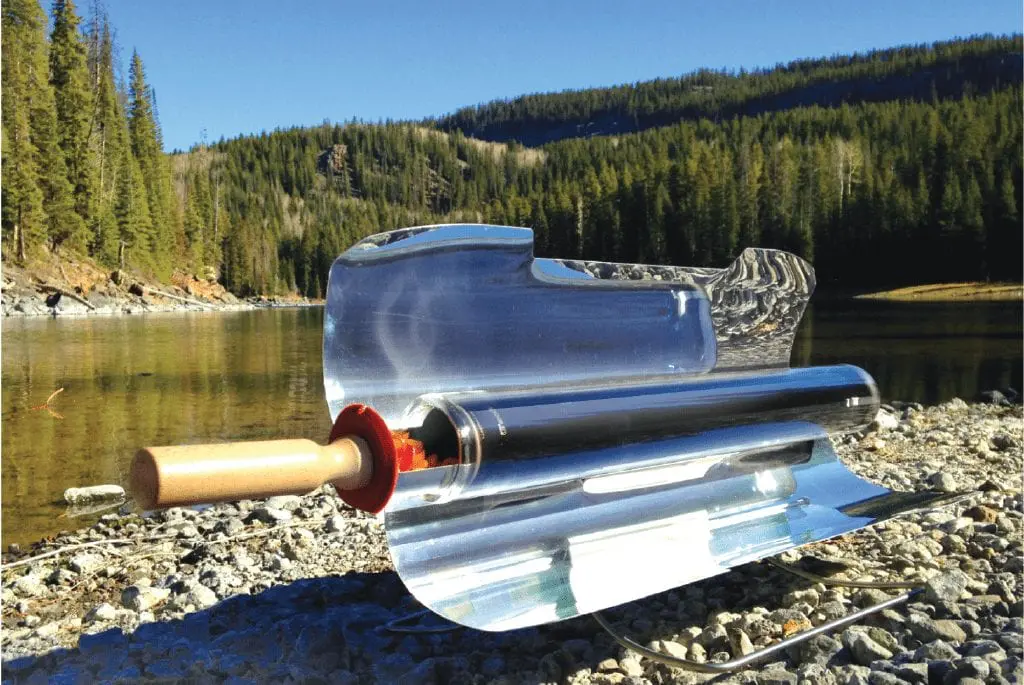
Right now solar oven use is booming.
They are becoming more and more popular both as a survival tool as well as for everyday cooking. This is because the traditional camp stove or barbecue uses propane, gas, charcoal or some other form of fuel to cook with. These fuels can be costly, may be dangerous if not stored correctly, could taint the flavor of the food and might contain carcinogens which can find their way into the food.
But with solar ovens (also known as solar cookers or sun ovens), you have none of these issues.
That's because a solar oven cooks food using only pure sunlight. This could be the reason why many users of solar ovens agree that food cooked in one tastes better than food cooked by any other method.
And don't forget that sunlight is free!
Now, who doesn't like a free meal?
OK, so it's not totally free, because you have to buy the solar oven to begin with. Or if you'd rather, you can make your own...
But if you do choose to buy, you should know that with regular use, an average family can make back the upfront cost of a solar oven within the first 7-9 months of use.
Now there's food for thought...
How Does a Solar Oven Work?
Solar ovens work by reflecting and concentrating the light of the sun from a big area into a smaller space. This could be an oven chamber, a cooking pot or in the case of GoSun, a glass tube cooking chamber.
The light energy is then converted into heat energy which is then trapped within the cooking area.
A solar oven uses this trapped heat to cook the food in much the same way as a traditional oven. How well the solar cooker keeps the heat trapped is a measure of how efficient it is. With the different types of solar cookers, better efficiency equals quicker cook times.
There are a few different "types" of solar cookers, so I'll quickly outline the main categories here...
Panel Cookers
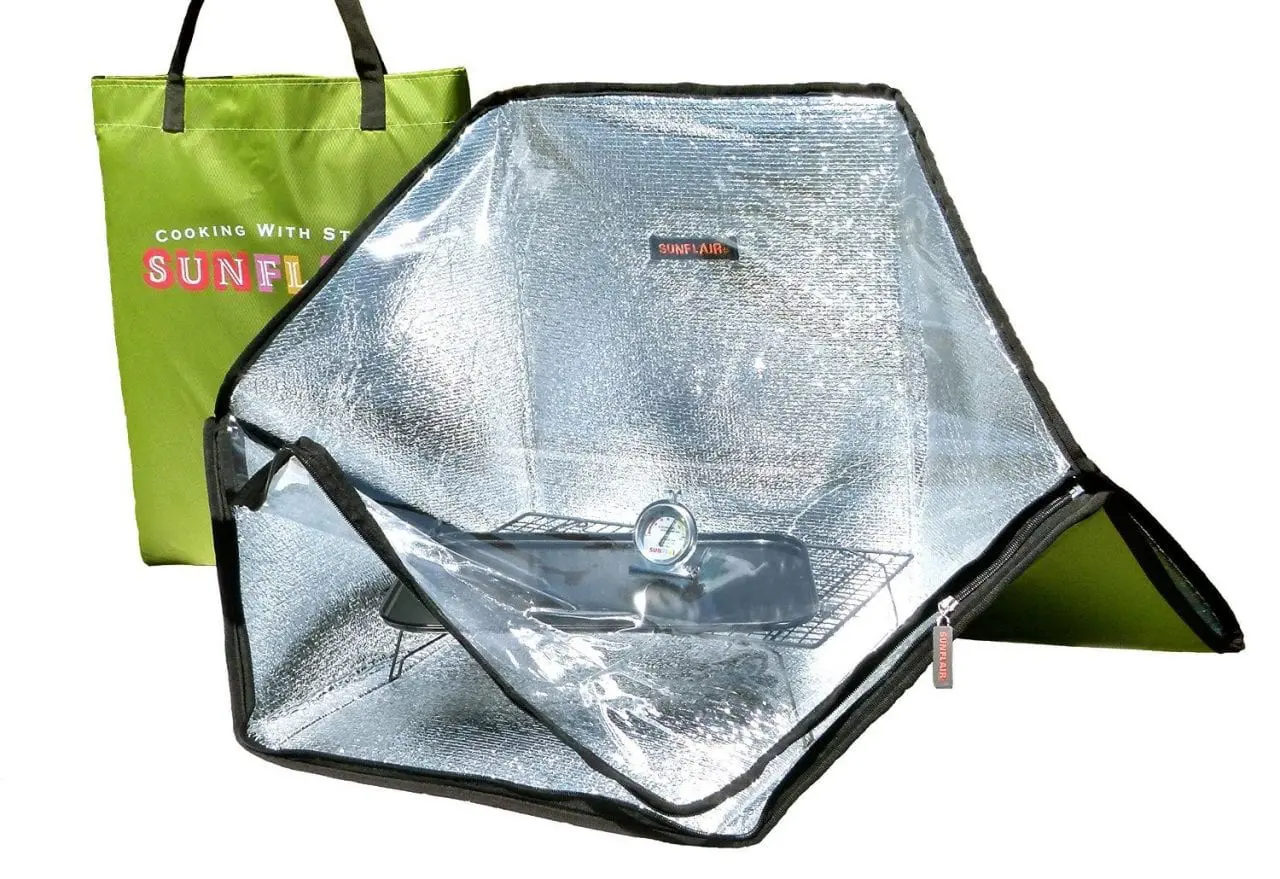
Panel solar cookers are perhaps the least efficient, but the most convenient type of solar cooker and are also usually the most cost effective. Typically they consist of a number of panels to reflect the light onto the cooking vessel. Their lighter weight makes them more portable, but the sun light is not as focused as an box oven or parabolic cooker, so the food will take longer to cook using a Panel Sun Cooker. Cooking times would consistent with a slow cooker. Sunflair make a range of solar ovens using this technology which fold down to the size of a cushion and weigh less than 2lbs.
Box Ovens
Box solar ovens tend to be the most popular type of solar cooker in use today as well one of the easiest and safest to use. They consist of an insulated box that is covered with glass and has external reflectors to focus the sunlight into the oven. A great example of a box solar oven would be the All American Sun Oven.
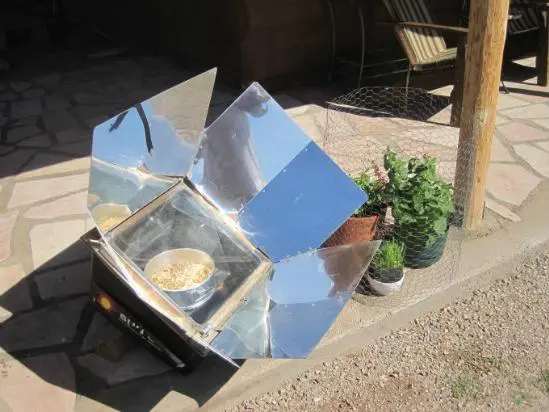
Box solar ovens offer more flexibility than either of the other two solar cookers discussed here. They are almost as portable as a panel solar oven and depending on which method suites your needs, you can use them like a panel solar oven and cook the food slowly over a number of hours, or if you re-align the oven every 30 mins, you can cook the food almost as fast as you would with a parabolic cooker.
Parabolic Cookers
Parabolic cookers require you to focus the sunlight on the cooking vessel. This vessel can be a pot that is suspended over the reflectors or it could be integral to the design of the cooker as it with the GoSun Sport. Whilst being quicker to cook food they require more care and attention to use safely and unlike other solar ovens or cookers, they can burn food. To get the best efficiency from a parabolic cooker, you will need to re-align it every 15 - 30 minutes.
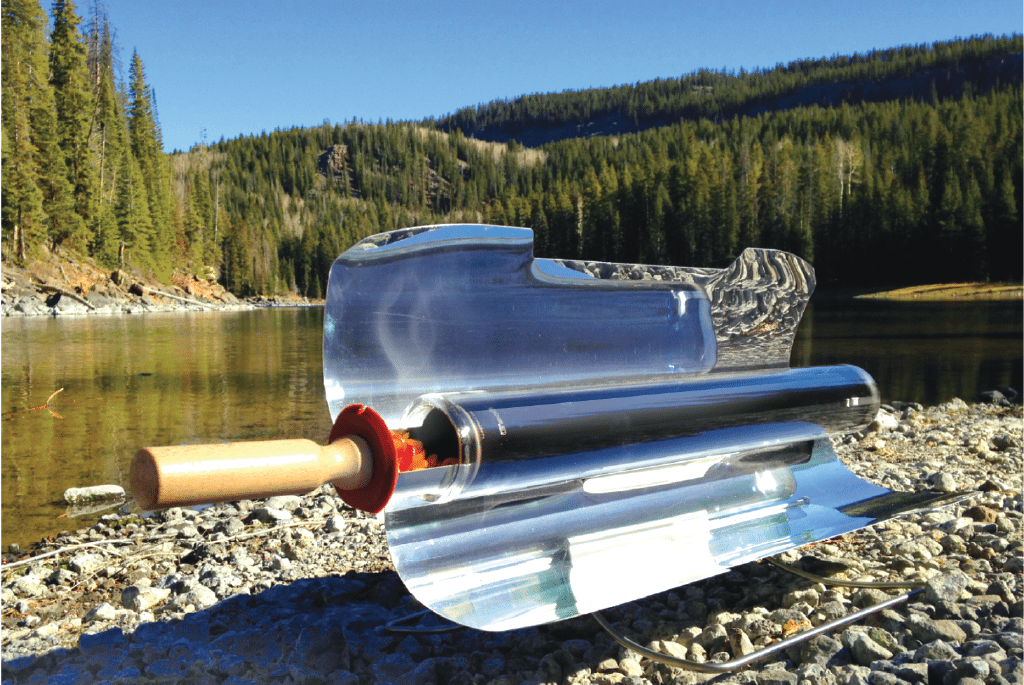
Is a Solar Oven Easy to Use?
Yes, in fact a solar oven is as easy to use as the conventional stove you use at home - and just as flexible. You can steam, bake, fry, roast and boil just as you would with a regular stove. With cooking temperatures as high as 300C/550F you can cook your meals just as quickly too.
Depending on the type of solar cooker you own, you can use it like a slow cooker and leave the meal to cook over a longer period. Unless using a parabolic cooker, you'll never burn your food in solar cooker and it's extremely difficult to overcook food in one too. You'll find that the food remains moist and retains more flavor than other forms of cooking.
Because there is no flame you can leave your box or panel solar oven unattended whilst it cooks your food - Set up the solar oven in the AM and point it due south and let it cook your meal slowly throughout the day. You'll come home, or arrive back at your camp to a delicious, hot, sun cooked meal.
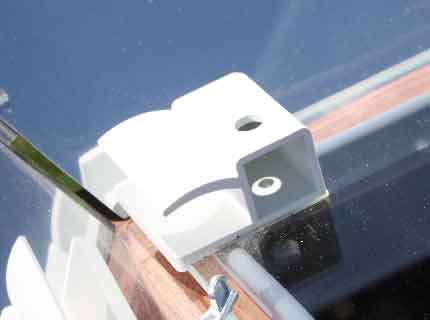
To use your solar oven more like a conventional stove, you'll need be about so you can re-align it every 30 minutes or so. You'll need to do this to ensure that the oven and reflectors are pointing directly at the sun to make sure it receives the most light. Some solar ovens come with alignment guides like the one pictured here from Sun Ovens. You simply need to keep the light circle over the dot to get the best exposure.
Is a Solar Oven Safe?
Solar ovens or cookers are much safer than other methods of outdoor cooking. There are no burning coals or sparks, open flames, gas lines, or propane bottles to worry about. There is also little or no external thermal conductivity. You can use a solar cooker where you might not be able to use a barbecue e.g. National Parks & Forests, beaches, high fire danger or drought areas.
A Solar Cooker Reduces Your Carbon Footprint!
Many of us are aware of the need to take responsibility for the greenhouse gas emissions each of us create. A solar cooker cooks your food using only the energy provided by sunlight. That means you can cook without releasing any greenhouse gases as you might do if you used oil, charcoal or gas.
Solar Oven Prepping
Because a solar oven needs only the sun, this makes them ideal for emergency prepping. Adding a solar cooker to your emergency set up gives you self sufficiency when power outages happen and as we know, these are happening more and more for a whole host of reasons. But, no matter what the cause of the power failure, owning a solar oven will mean you can purify water as well as cook food when no other power source may exist.
If you have sun, then you should use your solar oven for cooking as much as you can. Save your other fuel for keeping warm or cooking when you can't use the solar oven.
Most solar ovens are also compact and portable, so should you need to "bug out", you'll be able to take it with you.
Here, Paul Munsun talks about the benefits of adding a SUN OVEN into your preparedness planning:
[cleveryoutube video="coE6HGNf_P4" vidstyle="1" pic="" afterpic="" width="" quality="inherit" starttime="" endtime="" caption="" showexpander="off" alignment="left" newser="" margin="true"]
Cooking with a solar oven can be a fun, safe, easy and nutritious experience. They are perfect for everyday use whether it be in your backyard, during picnics, on camping trips, or in times of power failure or natural disaster.
If you're serious about being able to provide for your family, be it during the the next power outage or a natural disaster - or even if you like the idea of cooking for free, make sure you add a solar cooker to your set-up today...


